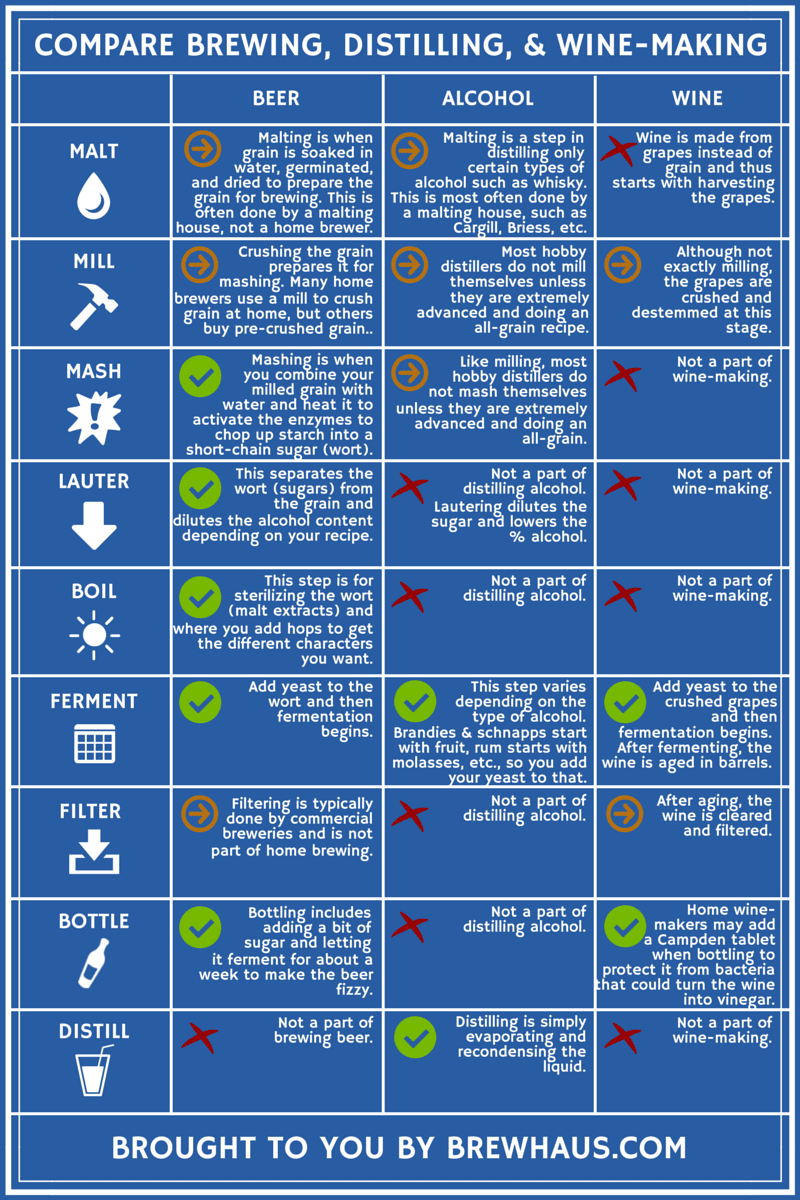Check Out Premium Galveston Whiskey: Top Picks and Distilleries
Check Out Premium Galveston Whiskey: Top Picks and Distilleries
Blog Article
Mastering the Craft of Purification: a Deep Dive Into Distillery Traditions
Discovering the complex art of distillation unveils a globe steeped in time-honored customs that have formed the spirits we delight in today. From the old origins of purification strategies to the contemporary evolution of distillery devices, each step in the procedure carries with it an abundant tapestry of history and proficiency. As we look into the fragile balance of modern-day versus conventional distilling techniques and uncover the value of essential active ingredients, a deeper understanding arises of the profound effect distillery traditions have on the spirits we appreciate.
Origins of Purification Techniques
The advancement of purification methods has an abundant history that traces back to ancient people. The idea of dividing elements based on their different boiling points laid the foundation for the sophisticated distillation processes we have today.
The earliest proof of purification go back to around 3000 BC in Mesopotamia, where clay pots were made use of to boil down fragrances and fragrant oils. The Egyptians additionally advanced these techniques, utilizing distillation for embalming techniques and medical objectives. The Greeks, significantly numbers like Aristotle and Hippocrates, contributed to the theoretical understanding of purification.
Gradually, purification spread to regions like India, China, and the Middle East, each culture including its distinct touch to the craft. The evolution of purification strategies proceeded with the Middle Ages and the Renaissance, ultimately bring about the varied selection of purification processes utilized in contemporary distilleries worldwide.
Evolution of Distillery Tools

With developments in modern technology and a much deeper understanding of the distillation process, modern-day distilleries now utilize a selection of innovative devices to create spirits of the best quality. Today, distillation tools includes column stills, reflux stills, and hybrid stills, each created to deal with particular purification needs. These modern-day stills offer better temperature policy, enhanced distillation accuracy, and greater efficiency in separating alcohol from impurities.
In enhancement to stills, distilleries now utilize innovative condensers, fermenters, and filtration systems to more fine-tune the distillate. The evolution of distillery equipment remains to play an essential function in shaping the varied variety of spirits offered in the market today.
Conventional Vs. Modern Distilling Practices
In checking out distilling methods, the comparison in between conventional and contemporary techniques discloses considerable developments in performance and top quality. Standard distilling practices usually entail classic strategies passed down via generations, emphasizing craftsmanship and artisanship (Seawall Bar). These techniques commonly go to my site rely upon copper her comment is here pot stills and hand-operated processes that need a high degree of skill and experience from the distillers. On the other hand, modern distilling techniques leverage advanced innovation and innovation to streamline manufacturing processes and improve uniformity. Automated systems, computerized controls, and modern devices make it possible for modern distilleries to generate spirits much more effectively and with higher accuracy.
While conventional distilling methods are valued for their heritage and the unique tastes they create, modern-day techniques use advantages in terms of scalability, high quality control, and sustainability. By including clinical advancements and modern-day engineering, distillers can maximize production, minimize waste, and meet the demands these days's market better. Ultimately, the choice between conventional and modern-day distilling methods commonly depends on the distillery's goals, values, and target market.
Secret Active Ingredients in Purification Process
Within the craft of distillation, the option of key components plays a vital function in identifying the flavor account and high quality of the spirits generated. The primary ingredients made use of in the purification process are usually water, yeast, and a fermentable source such as grains, fruits, or sugarcane.
Water is an essential part as it not only weakens the alcohol web content to a tasty level yet likewise impacts the overall mouthfeel and texture of the spirit. The quality and mineral content of the water used can considerably influence the last product.
Yeast is one more necessary active ingredient that sites transforms the sugars existing in the fermentable resource right into alcohol through the process of fermentation. Different strains of yeast can create differing aromas and tastes, adding to the one-of-a-kind qualities of the spirit.

Influence of Distillery Traditions on Spirits
The influence of longstanding distillery practices on spirits expands beyond the selection of key active ingredients, shaping the really essence and personality of the final distilled items (Galveston Whiskey). These practices, passed down with generations, play an important function in defining the special taste profiles and top qualities that distinguish one spirit from one more
Distillery traditions include a large range of practices, from the certain techniques utilized in purification to the selection old procedures used. For example, the usage of traditional copper pot stills in scotch manufacturing is believed to pass on particular flavors and attributes that are highly valued by lovers. The aging of spirits in oak barrels, a technique deeply rooted in distilling traditions, contributes to the advancement of complicated aromas and flavors over time.

Verdict
From the beginnings of purification strategies to the modern-day techniques, the influence of distillery practices on spirits is obvious. Distillery practices play an essential role in shaping the spirits market and protecting the heritage of purification methods.
Throughout the history of distillation, the equipment used in distilleries has undertaken substantial advancement to boost effectiveness and high quality of the purification procedure.With improvements in innovation and a deeper understanding of the distillation procedure, modern-day distilleries currently use a range of sophisticated equipment to generate spirits of the highest possible high quality. Today, purification tools consists of column stills, reflux stills, and hybrid stills, each designed to provide to certain distillation demands. From the beginnings of distillation techniques to the modern-day methods, the effect of distillery customs on spirits is obvious. Distillery traditions play a crucial function in forming the spirits industry and protecting the heritage of purification techniques.
Report this page